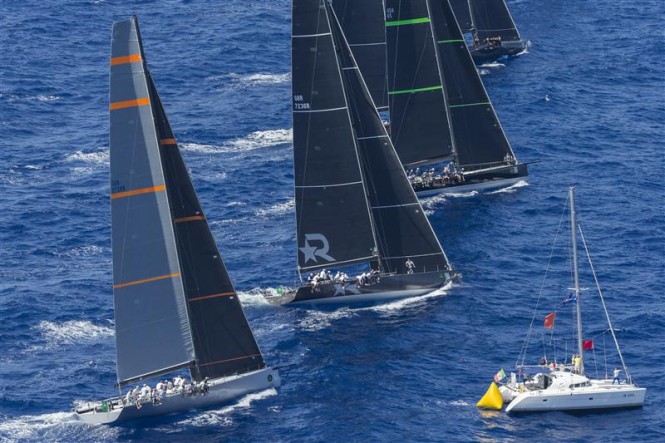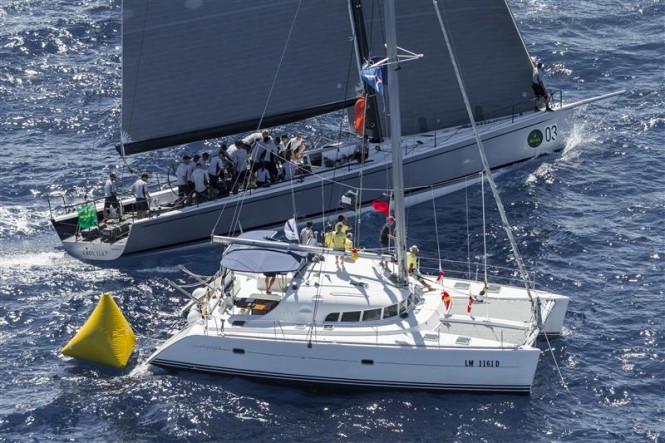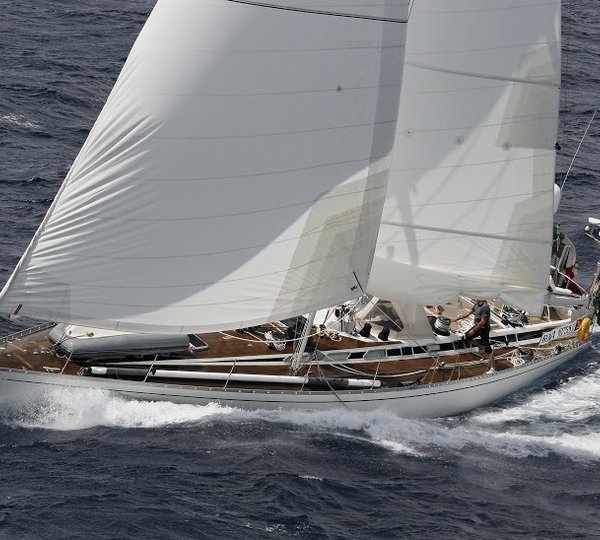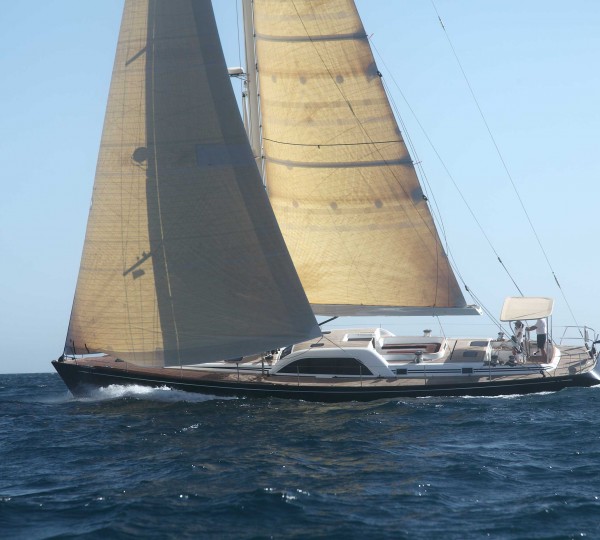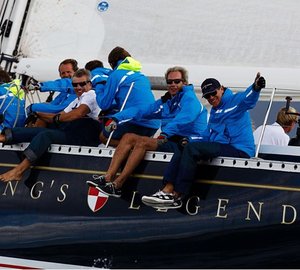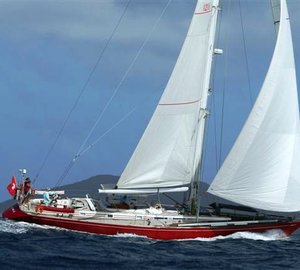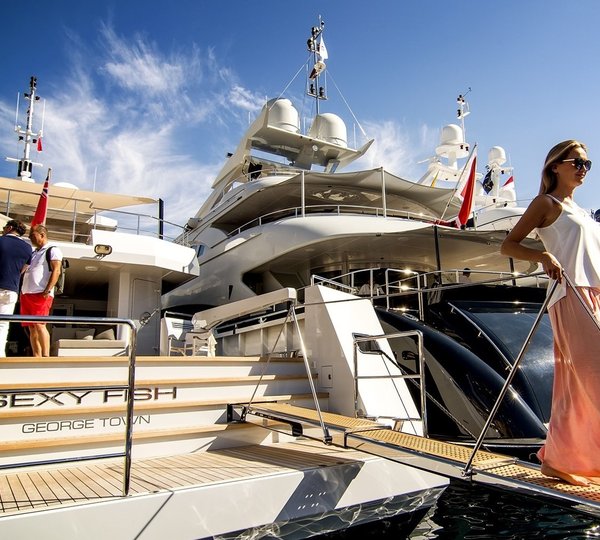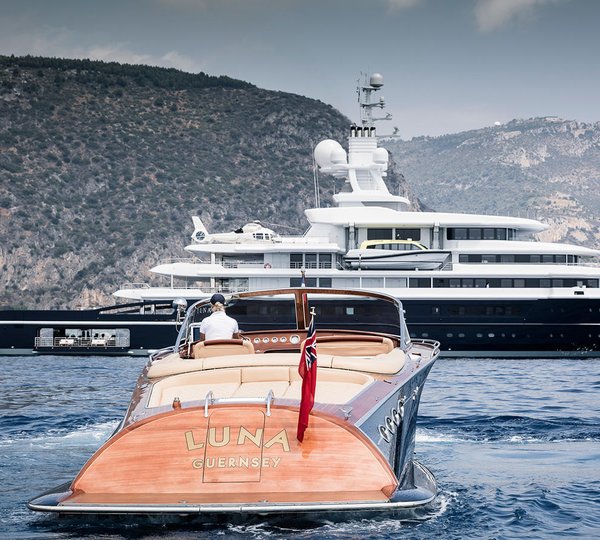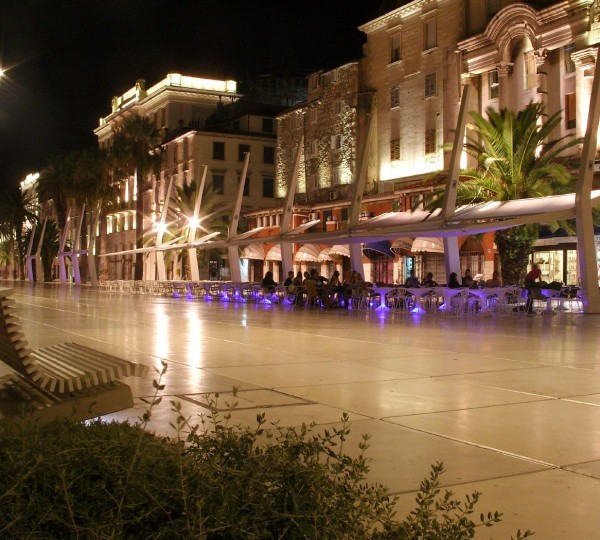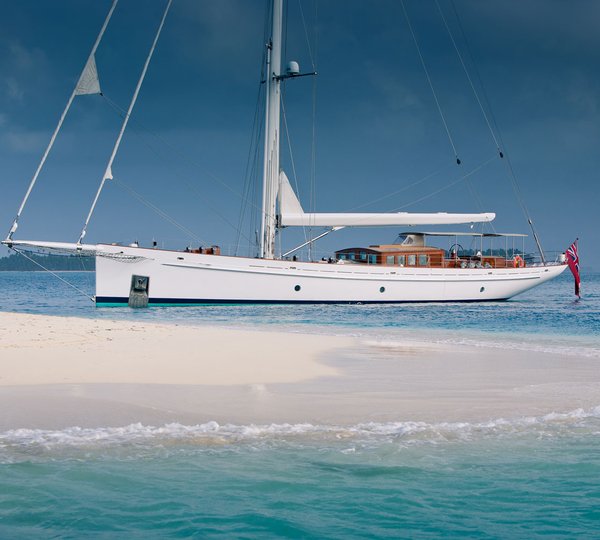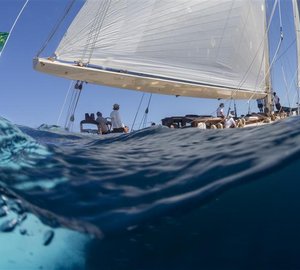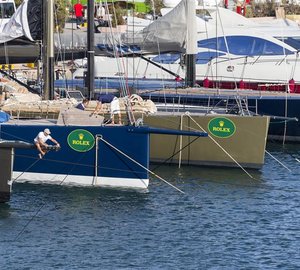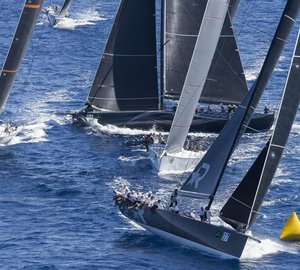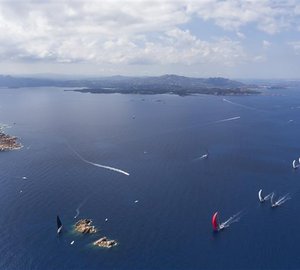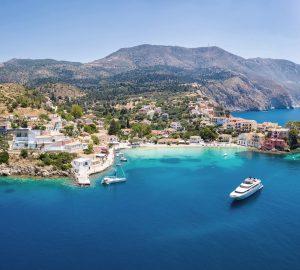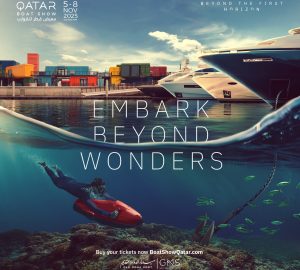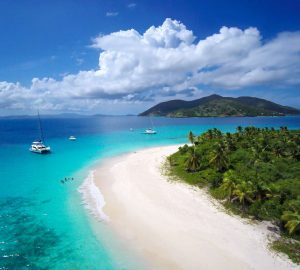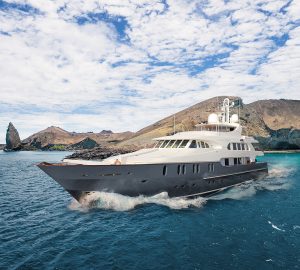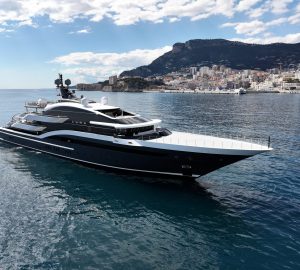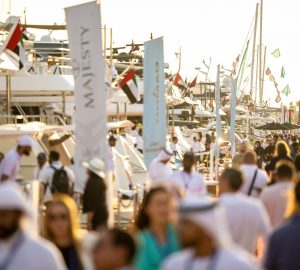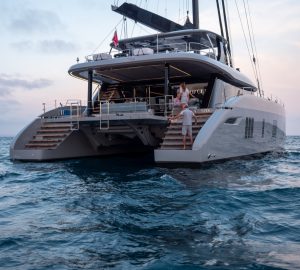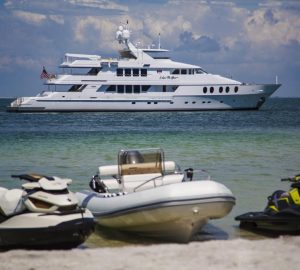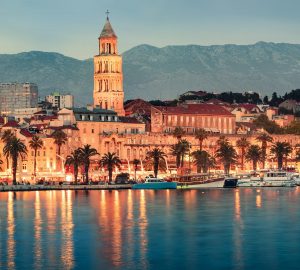An important part of any yacht race or regatta is the expertise of the organizing body. Top class events, attended by cutting-edge, expensive yachts and the cream of international sailing talent, require the highest professionalism in their race management. Participants require competing to be fair, enjoyable, well managed. Such an event is the Maxi Yacht Rolex Cup: one of the most illustrious and complex regattas in the world. The stakes are high, attendees ultra competitive and the wind capricious.
The Maxi Yacht Rolex Cup is held on Sardinia’s Costa Smeralda, often described as one of the most perfect sailing landscapes in the world for grand prix racing. The event celebrates its 25th edition this year and the 30-year association between the Yacht Club Costa Smeralda and Rolex, one of the most longstanding relationships in sailing.
“This is always the top pick of where we like to sail around the world,” explains world-renowned sailor Brad Butterworth. “The environment of the Costa Smeralda is fantastic: the rock formations, the colour of the water, the wind and sea conditions, there is nowhere as beautiful as this for yacht racing.”
Rolex’s involvement in yachting is centred upon its privileged alliance with some of the most skilled yacht clubs around the world, including the YCCS, whose race management team is highly respected through its flawless handling of events like the Maxi Yacht Rolex Cup and the Rolex Swan Cup. Ensuring the regatta runs smoothly and efficiently on the water falls to the YCCS Race Management Team led by Principal Race Officer Peter Craig and YCCS Sports Director Edoardo Recchi.
Course planning
One of the principal functions of the race management team is to ensure clear communication between the organizers and the competitors. Ahead of the event, the individual classes for different boat types are defined, ratings analysed, race documents meticulously prepared. The Skippers’ Briefing kicks off the week providing a communal opportunity for last minute queries. A global idea of the week’s weather and racing schedule are provided, and then each evening the intention for the following day is given.
Communication with the competitors begins each morning with a radio announcement at 09:30. Ahead of this, Craig works with the YCCS Race Management team, analysing up to five professional weather forecasts. This information helps determine location and length of the day’s racecourses. The team will also canvas the opinion of the professional navigators onsite, weathermen in their own right.
“When people ask me what a good race is, I’ll tell them in one word: fair,” explains Craig. “If you are a sailor, or former sailor like in my case, you have a good sense of what the owners want, you’ve been there on the boat with them, you know what they are looking for.”
According to Craig, making good decisions is not a one person job, he’s only as good as the people around him, and the YCCS team is highly respected by the competitors. “The yacht club is high end in terms of race management, they’re on top of everything, very professional. They have been here for a long time, they know the environment and conditions,” confirms Butterworth, tactician on Sir Peter Ogden’s Mini Maxi yacht Jethou.
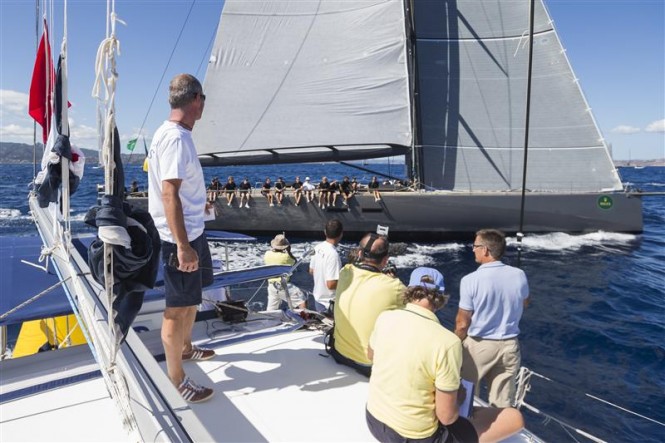
View of a Mini Maxi Rolex World Championship start from the Committee Boat - Photo by Rolex/Carlo Borlenghi
Clean start
To the untrained eye, the starting area on the Maxi Yacht Rolex Cup can appear confused. Watching 35 yachts ranging from 60 to 143-ft hoisting sails, running through last minute preparations, ensuring they make the right choice about where and when to cross the start line is nerve-jangling. There is order; each class has its own individual start time, its own sequence of instructions to follow. “As it gets closer to the first gun the boats not involved in that start will clear out and give appropriate room to the starting class,” explains Craig. “We’re looking for people to behave themselves, you will hear us on the radio if they are not.”
One of the key factors at the start is ensuring no boat crosses the line too early. When competitors are timing their arrival by split seconds, seeking small but significant advantages, it’s a critical, but difficult task for the race officers. “These boats have the latest technology, the very best sailors, so they are not two or three boat lengths beyond but a matter of metres. If they have started early and must double-back, we have to make that call.” The Race Committee has boats stationed at both ends of the start line to ensure an optimum view.
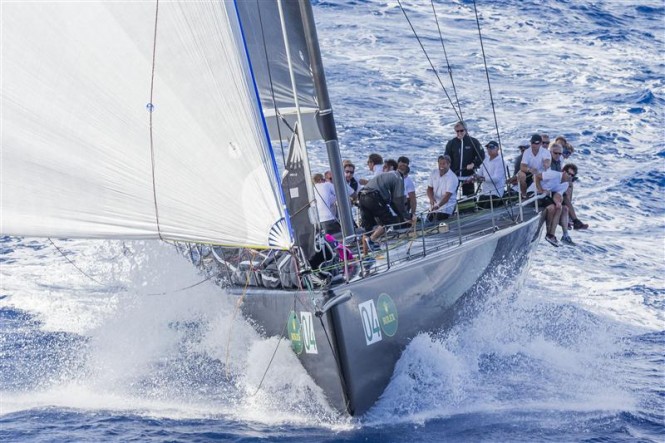
Sir Peter Ogden's JETHOU (GBR) surfing the waves at full speed downwind - Photo by Rolex/Carlo Borlenghi
Adapting to conditions
Once a race has started, the focus changes to ensuring the racing remains fair on the water. Planning commences beforehand. “We look at the VPPs (speed predictions) for each of the boats in each of classes, because they can vary greatly. We decide what the starting order and the differential between start times should be,” explains Craig. “You don’t want to have a one hour starting sequence but at the same time you don’t want one class of boats running over a second 15 minutes into a race. There’s an awful lot that goes into it. It’s a challenge, but it’s a challenge we really enjoy.”
One additional layer of complexity is that racing may take place simultaneously on more than one course. While one group may be contesting windward/leeward racing on a narrow, short racecourse, others will be embarking on a coastal race upwards of 40-nm through La Maddalena’s rocky archipelago. “We have YCCS service boats with very capable people tracking the boats reporting back to the race officer what the wind conditions are, where the boats are on the racetrack, if conditions are changing drastically.”
Shared respect
Monitoring the finish line is generally easier than the start but scrutiny is still needed. In the Mini Maxi Rolex World Championship it is not uncommon to have two or three boats finishing in close proximity. Results then have to be calculated and published.
For Craig this ends a busy, stressful but enjoyable day. “When the Race Management team have pulled off a great day’s racing, particularly on the hard, difficult days, it’s the same satisfaction you experience when you have a great day as a competitor. You come in feeling good about what you’ve done.”
The proof of success lies in the post-race atmosphere, as the Maxi Yacht Rolex Cup community gather on Piazza Azzurra in front of the Yacht Club Costa Smeralda to discuss the day’s racing. There is evident camaraderie and shared respect, not just between competitors, but between competitors and the Race Management team too.
Maxi Yacht Rolex Cup
The Maxi Yacht Rolex Cup is organized by the Yacht Club Costa Smeralda (YCCS) and the International Maxi Association (IMA). Rolex has been title sponsor since 1985.

